How Do You Drive Customer Retention In The Automotive Industry?
“It takes months to find a customer and only seconds to lose them.”
We’ve all repeatedly heard that if you’re a marketer, chances are, this statement isn’t new to you. It holds true for almost every company in any industry, including the automotive industry. Customer acquisition and customer retention are both measurements of success for all businesses. Admittedly, repeat business is what keeps a business alive. Your strongest clients will continue to buy from you, so you won’t need to spend extra money luring them in.
Concentrating on customer retention may build enduring relationships, promote loyalty, raise earnings, and gain more recommendations from satisfied clients, particularly in the automotive industry space where data is fragmented and a loyalty program is an innovative solution to connecting all the customer touchpoints.
Introduction to Customer Retention
Several strategies are used to keep clients over the long term and convert them into devoted customers through customer retention. The ultimate objective is to increase first-time clients’ lifetime value and turn them into recurring customers (CLTV).
Utilizing customer retention tactics enable you to give and receive more value from your current clientele. You want to ensure the clients you have worked hard to get will stick around, enjoy doing business with you, and continue finding value in your offerings.
Introduction to Automobile Industry
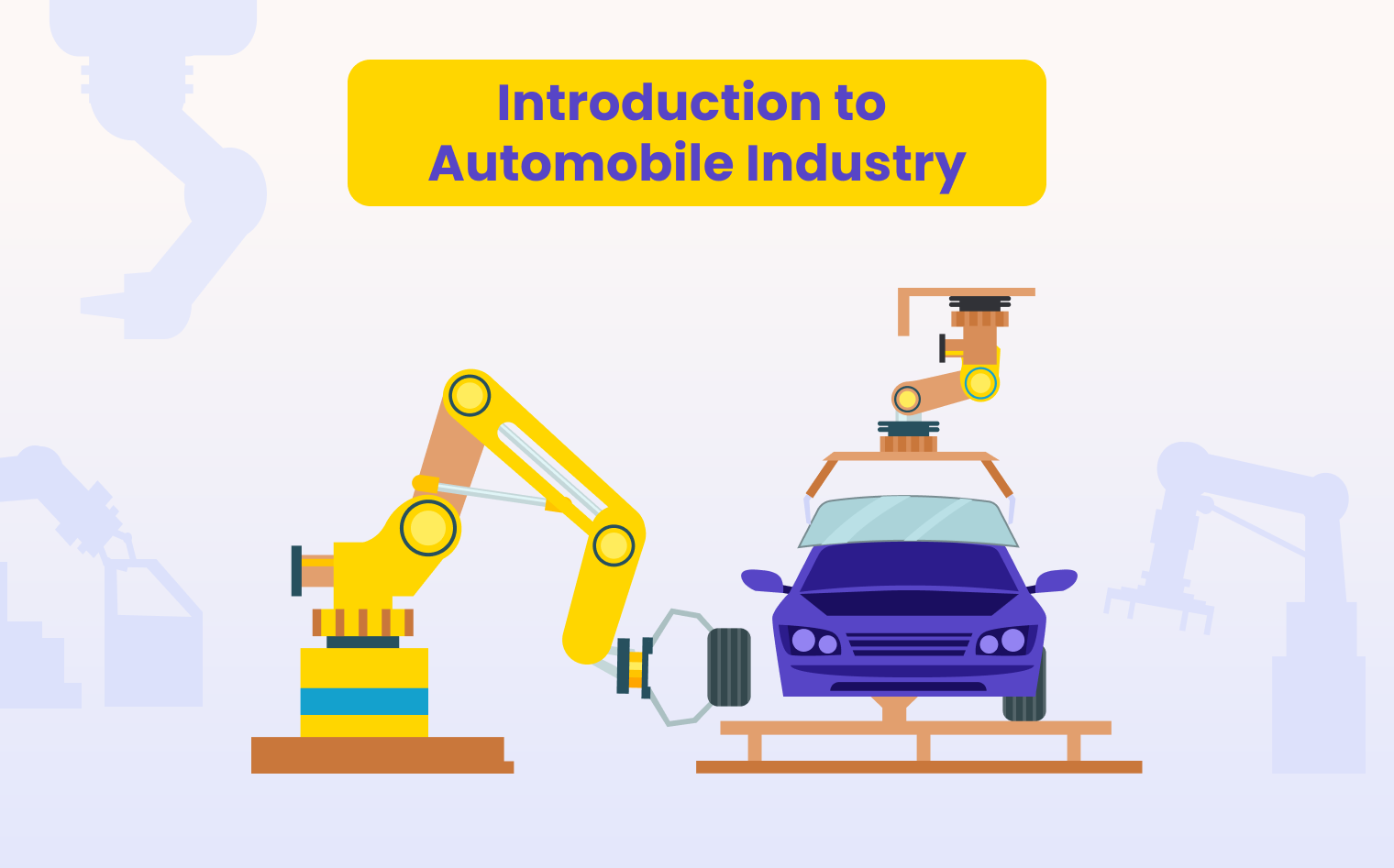
The automobile industry is one of the world’s largest and most important economic sectors by revenue. The automobile industry includes cars, trucks, buses, motorcycles, and other vehicles. The industry has undergone significant changes in recent years, with advances in technology leading to the development of electric and autonomous vehicles, as well as increased focus on sustainability and emissions reduction. Additionally, the rise of ride-sharing services has also had a significant impact on the industry.
In addition, the industry is going through a significant paradigm shift, mostly due to digital transformation. There are many new technical problems, including those that concern the employee experience and industrial operations. The issues of marketing, including those related to the customer experience, range from traditional marketing to (increasingly) digital marketing.
Importance of Customer Retention in the Automobile Industry
Customer retention is not solely based on product quality in the automotive industry. Of fact, it all begins here, but we must never forget that the process is much more extensive. Improving customer retention by a mere 5%* can increase profits from anywhere between 25% and 85%, depending on the industry, according to research by Frederick Reichheld of Bain & Company. So, to get industry-specific, let us look at certain statistics:
- General Motors.
Research from MaritzCX found that the average dealer would see an extra $2.5 million in loyalty-generated revenue by improving customer satisfaction by one point on a standard five-point scale.
The numbers say it all.
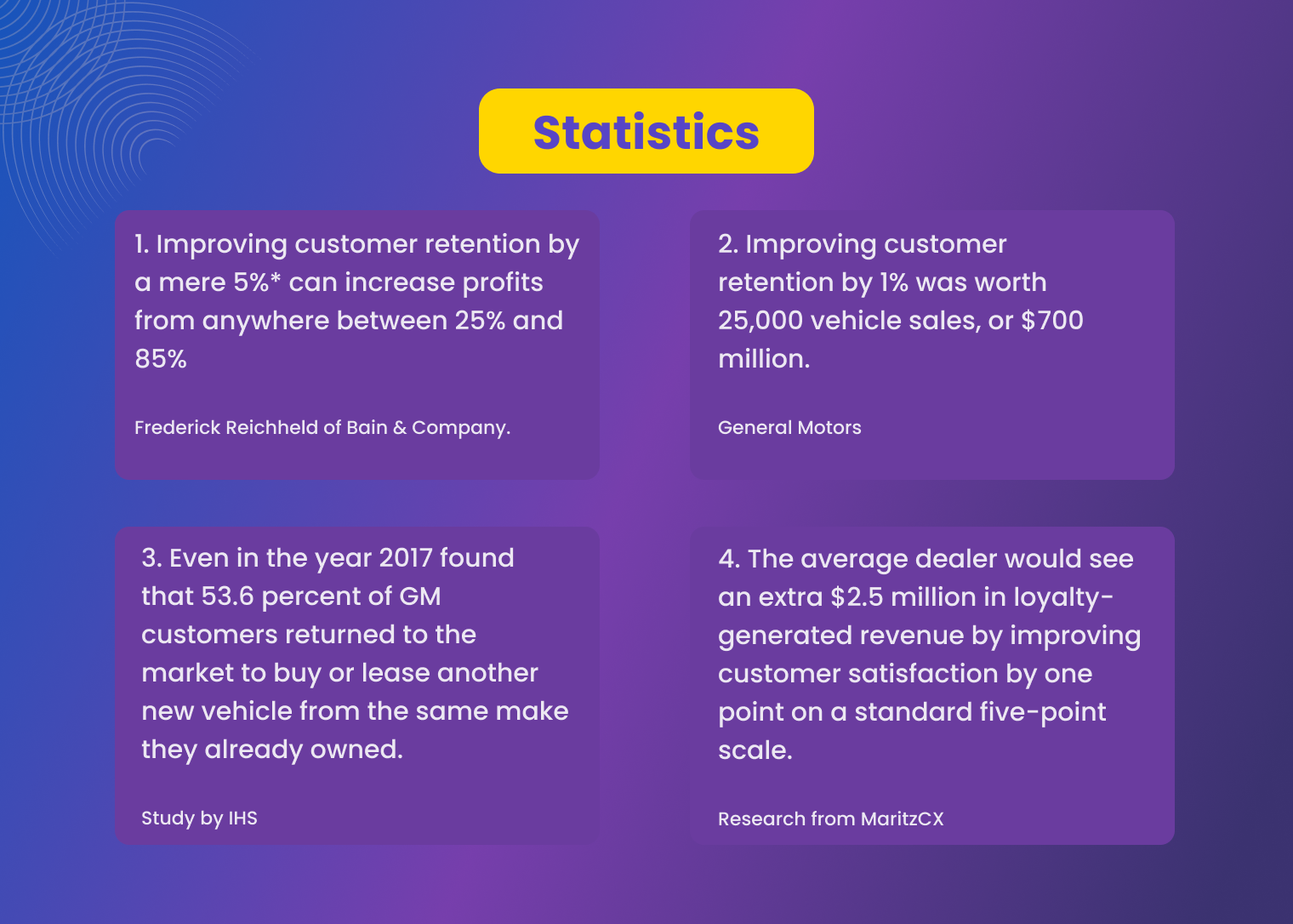
With these numbers in mind, it stands to reason to concentrate your efforts and resources on nurturing the clients who are already paying for your products or services on a regular basis. This is not to argue that you shouldn’t market to new customers, as this is unavoidably necessary. But when planning how much you spend on bringing in new consumers versus maintaining your current clientele, you should consider these numbers.
Understanding client retention is important because it gives insights into how satisfied and devoted your customers are, how effective your customer service is, and whether any warning signs can deter future customers. Long-term benefits result from concentrating on customer retention.
General Motors (GM): A Case Study in Customer Retention
General Motors (GM) has implemented a number of initiatives to improve customer retention. Some of these include:
Customer Relationship Management (CRM) systems: GM uses CRM software to track customer interactions and preferences, allowing them to tailor their marketing and sales efforts to specific customer segments.
Customer Satisfaction Surveys: GM conducts regular surveys to gather feedback from customers on their experiences with the brand. This helps the company identify areas where it can improve and make changes to meet customer needs better.
Loyalty Programs: GM offers loyalty programs such as OnStar and the GM Card to reward customers for repeat business and encourage them to stick with the brand.
Quality Control: GM has made significant improvements to its quality control procedures, resulting in fewer defects and customer complaints.
Service and Maintenance: GM provides customers with a wide range of services and maintenance options, including extended warranties and maintenance plans, which help ensure that GM vehicles remain in top condition over time.
Digital Transformation: GM has been focusing on digitizing its customer service, sales, and marketing to reach customers more efficiently by offering a seamless experience, personalized offers, and a digital marketplace.
These initiatives and a renewed focus on innovation and design have helped GM improve customer retention and build stronger relationships with its customers.
Challenges for the Automobile Industry in retaining customers
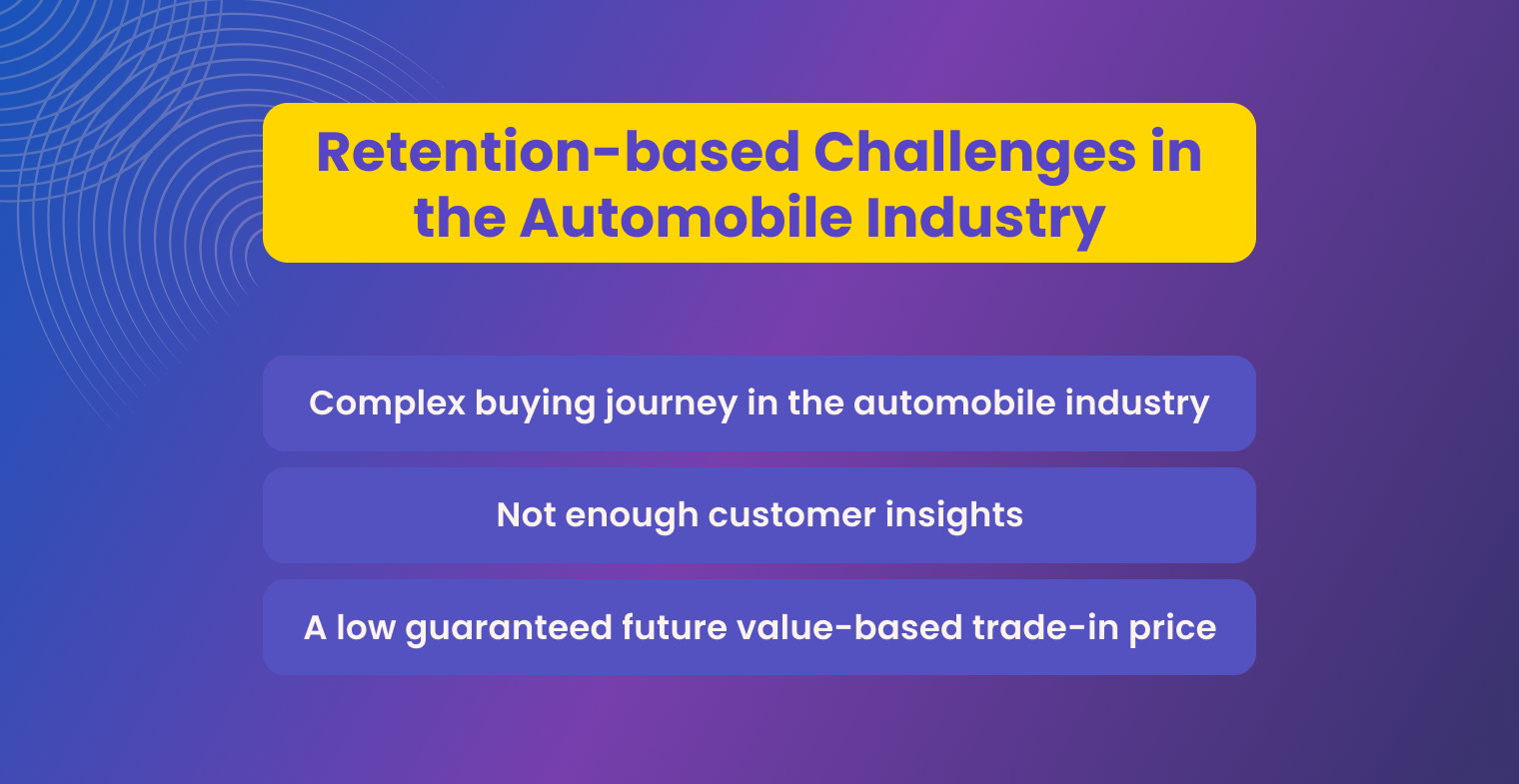
<ul><li>Complex buying journey in the automobile industry</li></ul>When studying automobile brands, consumers have a wide range of resources. A lot of people research topics online, talk to relatives and friends, or even mechanics and experts.
There are many points at which customers can become confused, lost, or frustrated by the process. Consumers might not understand what they’re looking for and become overwhelmed by all the available options.
<ul><li>Not enough customer insights.</li></ul>Brands want meaningful consumer data that may reveal their target market’s requirements, wants, values, and preferences.
<ul><li>Future uncertainty</li></ul>A low guaranteed future value-based trade-in price for their vehicle after their credit arrangement or personal contract plan expires is a significant barrier preventing customers from completing their purchase. Once they learn this, potential buyers are frequently turned off and look to other manufacturers for a better price. In this competitive climate, any manufacturer lacking a powerful sales tool to convince their customers to stay on board with the brand is missing a lucrative opportunity.
How to increase Customer Retention
• Calculating CRR
The customer retention rate (CRR) reveals the proportion of clients that a business has kept over time. Subtracting the number of new customers acquired from those still active at the end of the term will yield your CRR. Divide that amount by the entire number of clients in the beginning, then multiply the result by 100 to get the percentage.
CRR = ((Customers at end of the period – New customers during this period) / Total customers at the start of the period) x 100
4 Customer Retention Strategies: Easy but Avoided
- Do not just sell — educate: “Selling is pushing, educating is caring.”
- Create a feedback loop: “You tell customers that their feedback matters.”
- Reward promoters and loyal customers: “You make them feel wanted and valued.”
- One-to-one dialog (personalization): “Don’t follow size fits all approach.”
Customer Retention matters
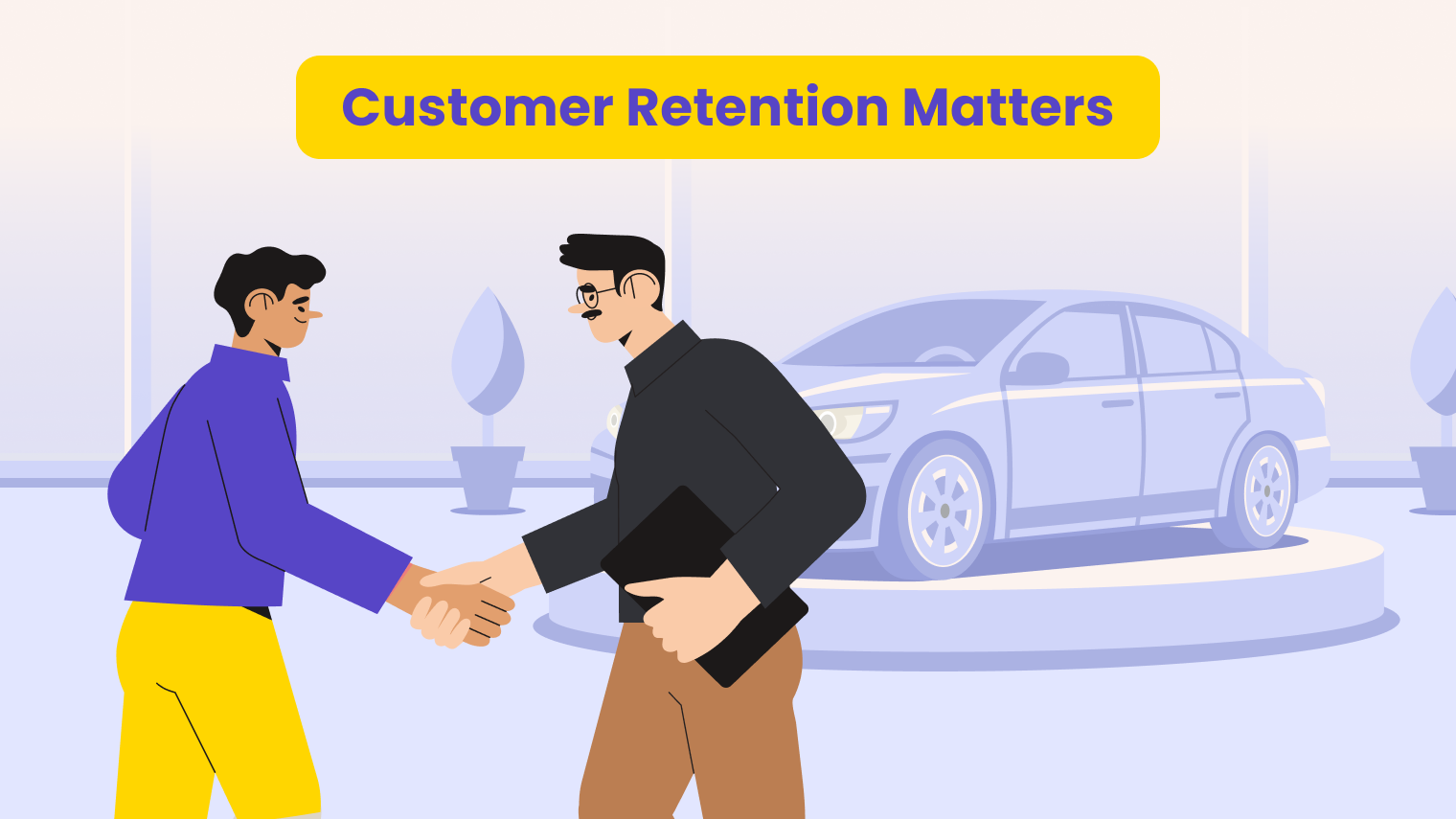
Nobody wants to lose a customer, but how important is having a high customer retention rate?
According to data curated by Harvard Business Review, onboarding a new customer is between 5x and 25x more expensive than retaining a customer you already have. And with a simple five percent increase in retention rates, you can grow profits by 25 to 95 percent. It’s important to consider how to increase customer retention rates to improve your overall profits. As the automotive market continues to grow, manufacturers will need to find ways to keep their existing customers happy. With the right tools and strategies, you can encourage customers to stay with your brand when upgrading models. WebEngage is one such solution that can help you achieve this goal. By exploring our platform, you can discover how easy it is to increase customer retention rates and improve your bottom line.
Deliver Meaningful Messages For Your Business. Take a demo now.





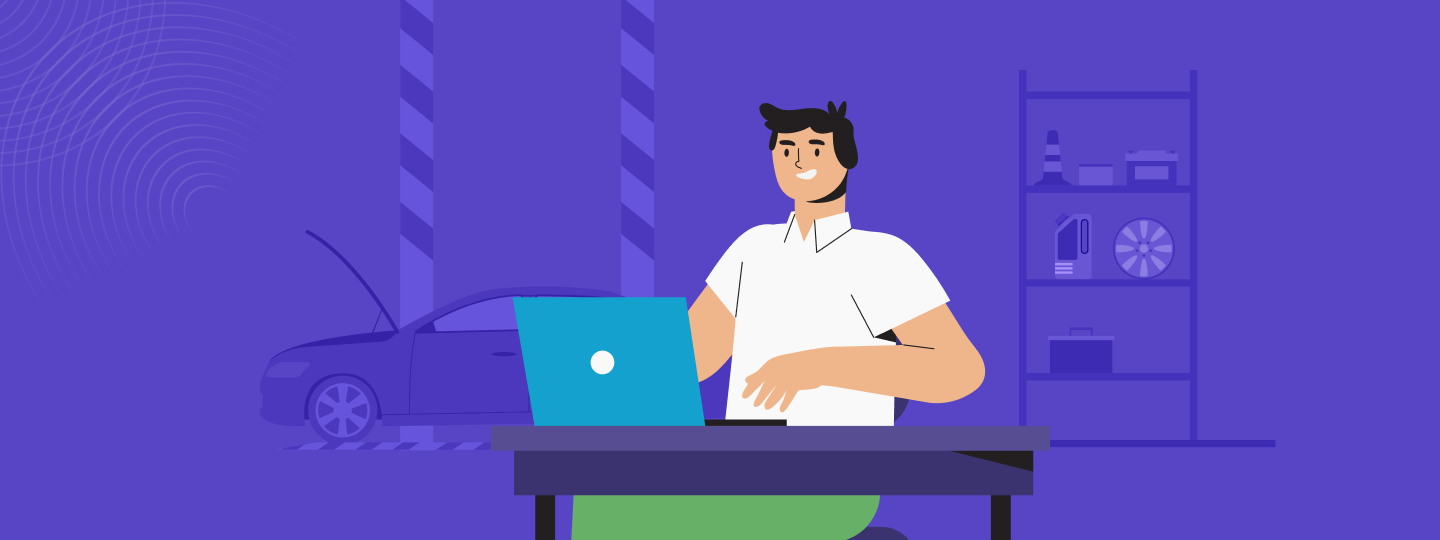


 Prakhya Nair
Prakhya Nair

 Vanhishikha Bhargava
Vanhishikha Bhargava